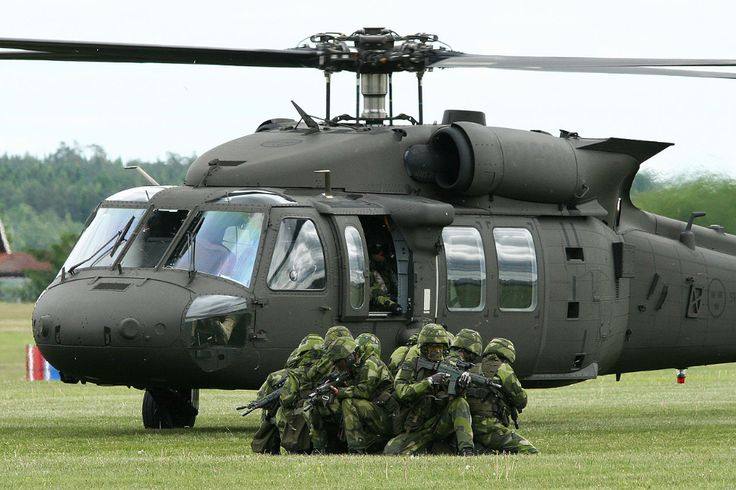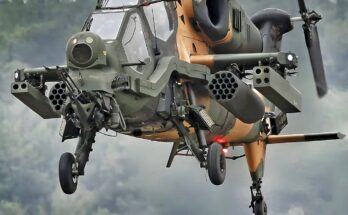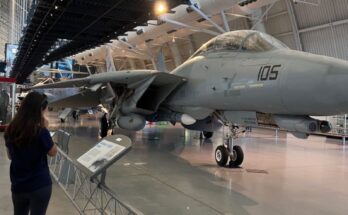
The Sikorsky UH-60 Black Hawk is a four-bladed, twin-engine, medium-lift utility helicopter manufactured by Sikorsky Aircraft. First introduced in 1979, it was designed to replace the aging Bell UH-1 Iroquois (“Huey”) as the U.S. Army’s primary tactical transport helicopter. The Black Hawk has since become one of the most widely used military helicopters in the world, serving in numerous armed forces and adapted into multiple specialized variants.
Development and Design
The development of the UH-60 began in the early 1970s as part of the U.S. Army’s Utility Tactical Transport Aircraft System (UTTAS) competition. Sikorsky’s prototype, designated YUH-60A, won against Boeing Vertol’s YUH-61. The design emphasized improved reliability, survivability, and performance compared to the UH-1.
The UH-60 features a four-bladed main rotor and tail rotor, powered by two General Electric T700 turboshaft engines. The helicopter incorporates crashworthy fuel systems, armored crew seats, and redundant hydraulic and electrical systems for improved survivability. Its maximum speed is about 183 mph (294 km/h), with a range of 320 miles (510 km) without auxiliary fuel tanks.
A key advantage of the Black Hawk is its versatility. The aircraft can carry an 11-person squad fully equipped for combat, in addition to external loads of up to 9,000 pounds (4,100 kg) via sling. It is also capable of operating in a wide range of environments, from desert heat to arctic cold.
Variants
Since its introduction, the Black Hawk has been developed into numerous versions to fulfill different roles. The baseline UH-60A was followed by the improved UH-60L and UH-60M, which feature more powerful engines, digital cockpits, and advanced avionics. Specialized variants include the MH-60 series for U.S. Special Operations Command, the HH-60 for combat search and rescue, and the UH-60Q configured for medical evacuation.
The U.S. Navy operates a navalized version, the SH-60 Seahawk, which includes modifications for maritime operations such as folding rotor blades and anti-submarine warfare systems. Other countries and defense contractors have also adapted the platform for local requirements, such as the Japanese Mitsubishi UH-60J and the Colombian-produced versions.
Operational History
The UH-60 entered U.S. Army service in 1979 and was first used in large-scale combat during the 1983 U.S. invasion of Grenada. Since then, it has played key roles in nearly every major U.S. military operation, including the Gulf War, the wars in Iraq and Afghanistan, humanitarian relief missions, and peacekeeping operations worldwide.
One of the most well-known engagements involving Black Hawks was the Battle of Mogadishu in 1993, depicted in the book and film Black Hawk Down. Despite heavy losses in that battle, the helicopter demonstrated its resilience under extreme combat conditions.
Global Use
More than 30 nations operate variants of the Black Hawk, making it one of the most widely exported military helicopters. Countries such as Australia, Colombia, Japan, Poland, South Korea, and Turkey have incorporated it into their air forces and armies, both for combat and for disaster relief missions.
Legacy
The UH-60 Black Hawk remains in production today, with continuous upgrades to extend its service life well into the 2030s and beyond. Its combination of versatility, durability, and combat performance has cemented its status as one of the most iconic and enduring helicopters in aviation history.


